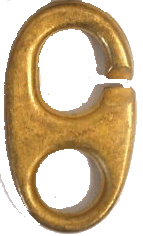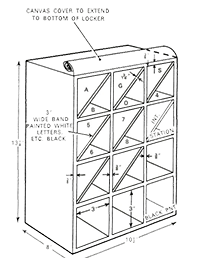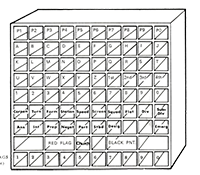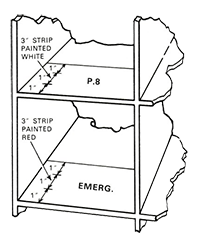 |
Inglefield Clip
Invented by Lieutenant Edward Fitzmaurice Inglefield later Rear Admiral, about 1889 when serving onboard HMS AGINCOURT as Flag Lieutenant to Admiral Sir St. George Caufield D’Arcy-Irving. The clip was introduced into the Fleet in 1895 in HMS TRAFALGAR.
The inventor was serving in HMS TRAFALGAR as the Commander and recognised that the then current method of joining flags together was too slow, insecure and was constantly under criticism.
The following document shows the service career of the inventor and is followed by a letter written by the inventor describing how the first Inglefield Clip came into being
|  |








